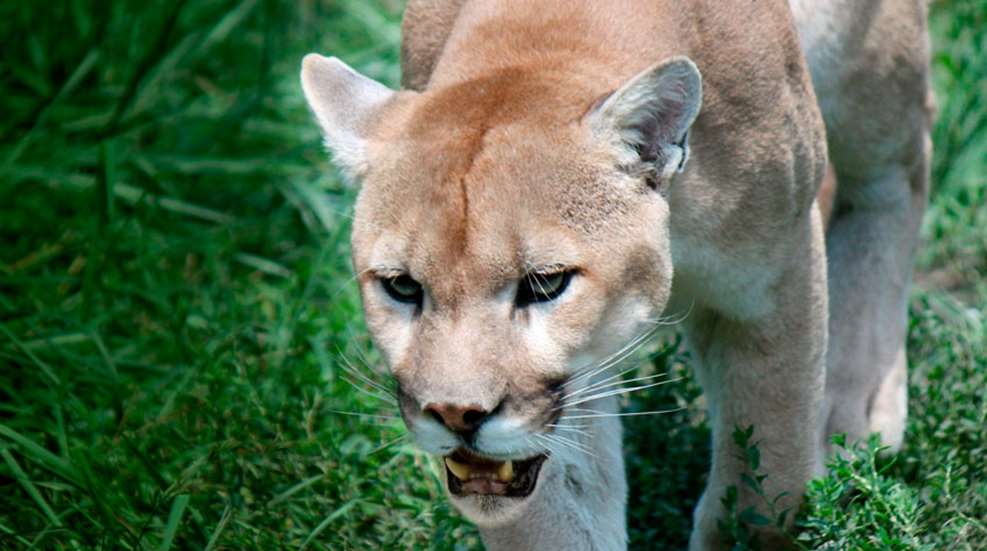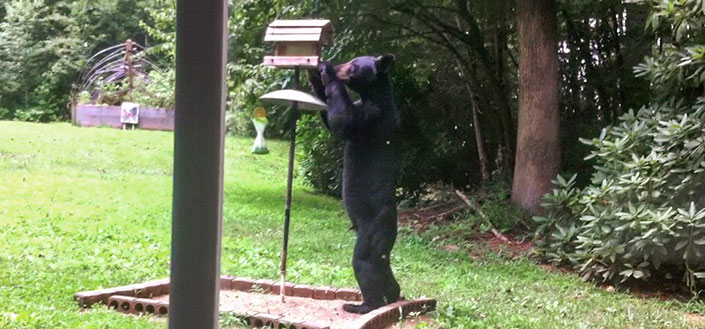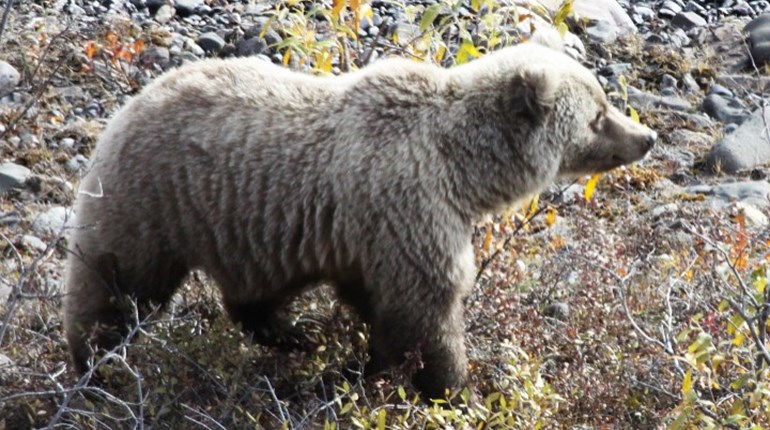
The armed citizen chooses equipment and training based upon the fact that he or she may have to protect self and family from human predators. However, even in urban and suburban areas, people may discover they have to use that same equipment and skills to deal with four-legged predators.
Periodically, we read reports of folks being attacked by wild animals that come to town for one reason or another. On the West Coast, in recent years, we have seen reports of people being attacked by mountain lions. While, on the East Coast, there seems to be a problem with black bears wandering neighborhoods and causing trouble. In truth, though not an everyday occurrence, wild-animal attacks occur all across this country.
Let me say, up front, I am not suggesting you need to shoot any wild animal that might wander into your neighborhood. Animals may come to town because they are hungry, thirsty or because they are just young and/or lost. Their mere presence does not automatically constitute a threat. In most cases, a person can merely make a lot of noise and wave their arms in order to scare the animal into leaving. If the animal is not presenting an immediate danger, the local game warden can be called in to capture and relocate the critter.

On the other hand, when a wild animal, especially a predator, loses its natural sense of aloofness and/or its natural fear of people, it is time to get a little worried. This is especially true if the animal, once aware of your presence, begins advancing toward you. Another indication of possible trouble would be encountering animals that are usually nocturnal wandering around in the daylight. All of these may be an indication of impending trouble.
Another factor that can make animals a serious threat to man is rabies. Any warm-blooded animal can contract and spread rabies. Some folks tend to think of a rabid animal as an emaciated, slobbering critter with a wild look in its eyes. This is really the case of an animal in the final stages of the disease. The fact is, in the early stages of rabies, the animal looks quite normal and yet, is still perfectly capable of spreading it to others. Often, an indication of a rabid animal in the early stages is it shows no fear of people and the infected animal will often advance on people when a normal, uninfected critter would otherwise turn tail and flee.
Some years ago, I walked out into my backyard to move a sprinkler. As I rounded the corner of the house, I came face to face with a rather large boar raccoon. Instead of running away at the sight of me, as most raccoons would do, this one showed his teeth and came at me. Luckily, I had a pistol on my hip and the raccoon was unable to complete his attack.
Another time, in that same area, I was driving into town when I saw a large raccoon in the middle of the highway, trying to attack the passing vehicles. My Browning 92 carbine, chambered in .44 Mag, took care of that little problem. Both of these incidents occurred in the same year and I have no idea why the local raccoon population was so infected.
Some years later, Texas governor Rick Perry was out walking his dog in Austin, TX, when a coyote came out of the brush and approached them. The animal showed no fear of the man or his dog and continued to advance. As I mentioned, this is a clear indication that the coyote might well have been rabid. Perry’s Ruger .380 ACP took care of the problem before he, or his pet, could have been bitten.
Once the animal is determined to be a real and immediate threat, the armed citizen faces the same challenges as when dealing with a violent criminal. Your defensive firearm should be on you, or within reach. It is unlikely that you will have time to run to your house or vehicle, to arm yourself, and, just as with the armed criminal, your goal is not necessarily to kill—but to immediately neutralize the threat. A dying mountain lion or bear can do a lot of damage to a person in the few moments it takes the animal to expire. The rabid animal has but to bite you and break the skin in order to infect you.
For these reasons, it is important to stop the animal as quickly as possible. A head shot, of course, will do so effectively, but making a successful head shot can be rather dicey given the fact it is smaller in relation to the rest of the body and almost always moving. In the case of a suspected rabid animal, when you have reason to believe it has already bitten someone, the head shot should be out because it is the brain that must be tested for the disease.
Firing on the chest and shoulder area of the animal may be the best choice. Bullets fired to this area can take out the spine, which will nearly always drop the animal on the spot. Bullets may also impact shoulder and leg bones, impairing an animal’s mobility with equal effectiveness.
Having to deal with predatory-animal attacks may cause the armed citizen to re-evaluate his or her choices in defensive firearms. The handgun and ammunition you believe capable of stopping a human attacker may not possess the same level of terminal performance on a 100-pound mountain lion or a 200-pound black bear. For this reason, if/when the opportunity presents itself, it may be a good idea to use a high-powered rifle or shotgun loaded with buckshot or slugs to deal with dangerous animals.
However, in most cases, the armed citizen will likely have to make do with whatever firearm is on his or her person at the time of the attack. In which case, as with all aspects of personal defense, coolness and bullet placement are the best solutions to the problem.
If wild animals have been known to wander into your neighborhood, it is a good idea to do a bit of study on wild-animal behavior. Try to get some idea of what is normal and what is not. It is also an excellent idea to get some information about rabies. No one should be encouraged to kill wild animals just because they came to town, so it is important to know and understand the warning signs. Significant thought and study on the subject of defense against wild predators should become part of everyone’s personal-defense plan.



































